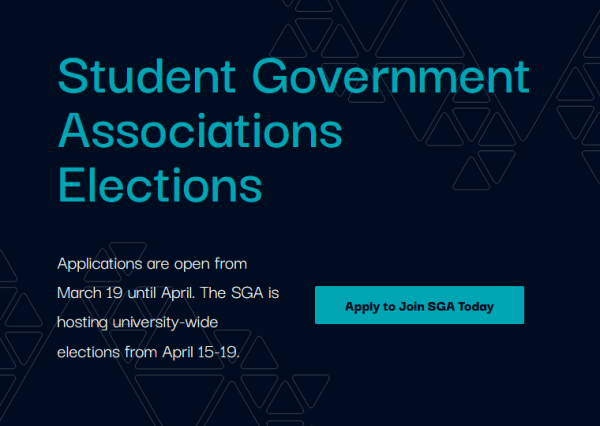According to publishers…
Textbooks cost a lot of money, of that we can be certain, but why do publishers charge so much? For students, the why may be as simple as “because they can.”
The publishers, however, provide a different rationale, one that does not include opportunistic price gouging.
Ken Knipe, a representative of Cengage Learning, a major publisher in the textbook market, offers several reasons for the high price-points of the educational texts that weigh heavily on the wallets of college students across the country.
“Some of the reasons that textbooks do cost as much as they do,” said Knipe, “is a lot of the time there’s copyright agreements with authors. There’s also the materials that they’re being made on, also market inflation; the U.S. dollar is also something that could figure into that as well. When it comes to those three things, those do factor into the cost of textbooks.”
Publishers also point to web and software based content that often accompany new textbooks as a source of additional costs.
“I think it’s the value,” said Allie Palmer, a representative of Pearson PLC, another major textbook publisher. “I think it’s the technology that accompanies the textbook. It takes a lot of time on the back-end to […] secure permissions for anything from tables, figures, interactive products. There’s a lot that goes in on the back-end to create that value.”
This all sounds perfectly reasonable, and indeed it is certainly the case that copyright agreements, higher quality paper and bindings, market inflation and extra digital content are all significant factors in the costs of textbooks. What is less obvious is the need for the publishers to compound these costs by constantly releasing new editions of these textbooks every few years.
Those new editions, according to Palmer, however, are created out of necessity; they are how publishers adapt to an ever-changing educational marketplace.
“The thing with that,” said Palmer, “is there is constant change in the market and what students learn and that’s what we’re adapting to, so that’s the change. There’s integrated review that’s added in for those students who have to have a dual major, or if they are lacking in one subject area and they have to take dual credits at the same time. That’s been added in. Videos have been added in. Students get a lot [of additional] different ways to learn and different resources, so that’s what’s been changing.”
The justifications for frequent new editions aside, it is clear that the used book market seriously cuts into potential markets for new editions, and the regular release of new textbook editions is an optimal strategy for a publisher to pursue in order to nullify an most inconvenient competitor: the used book market.







